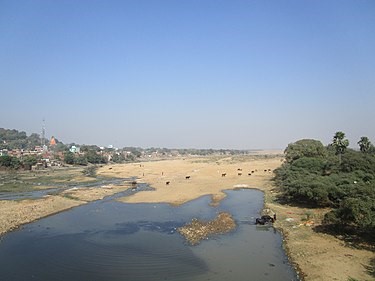





Disclaimer: Copyright infringement not intended.
Context
About Phalgu River
Course
Religion Relevance
Hinduism
Buddhism
|
PRACTICE QUESTION Which of the following statements about the Phalgu River is correct?
Select the correct option: A) Only 1 and 2 B) Only 2 and 4 C) Only 1 and 3 D) Only 3 Answer: C |






© 2025 iasgyan. All right reserved